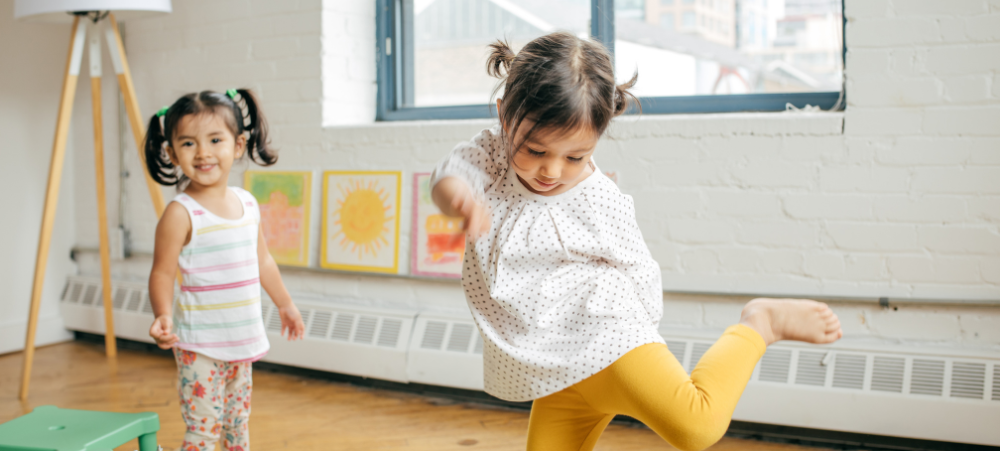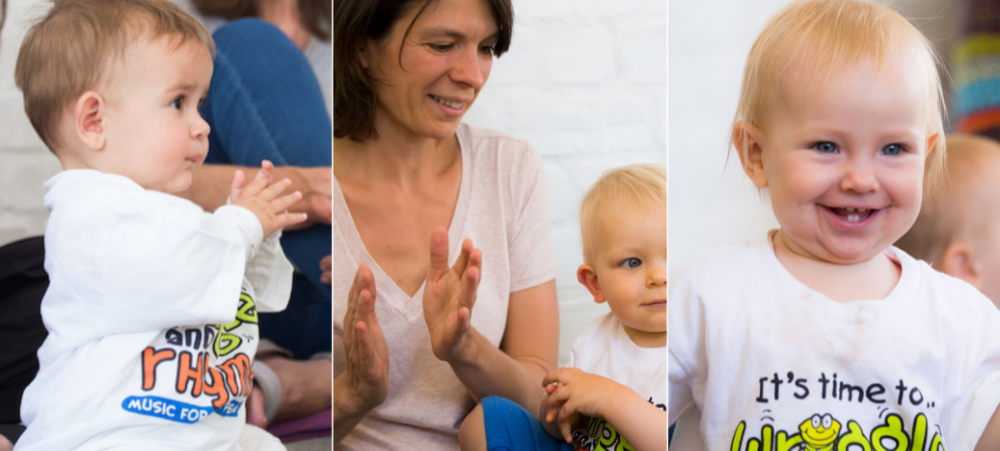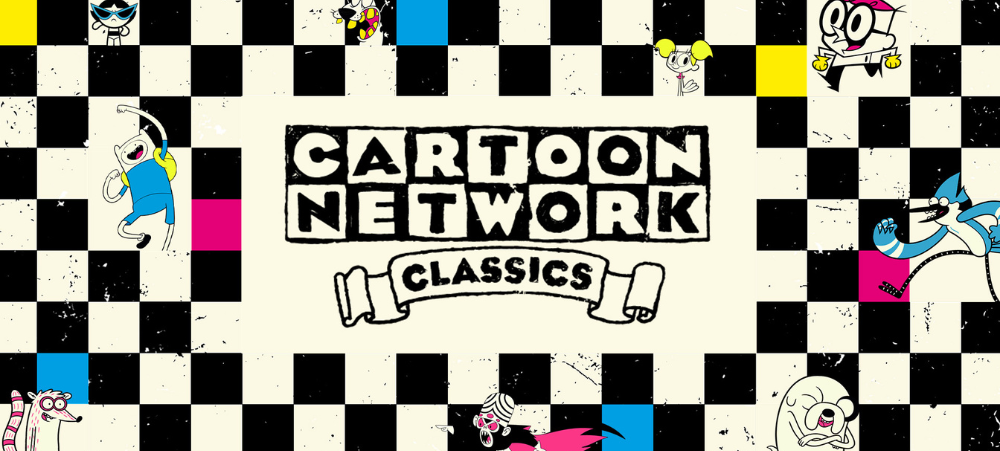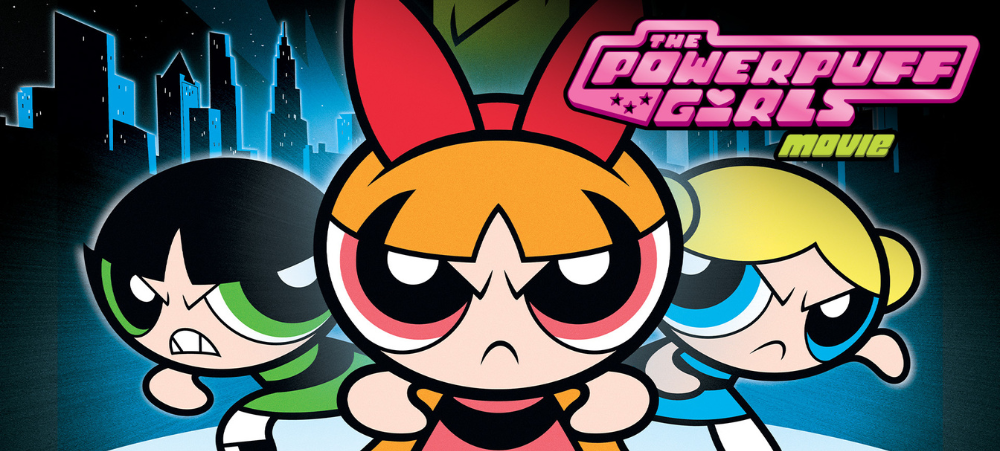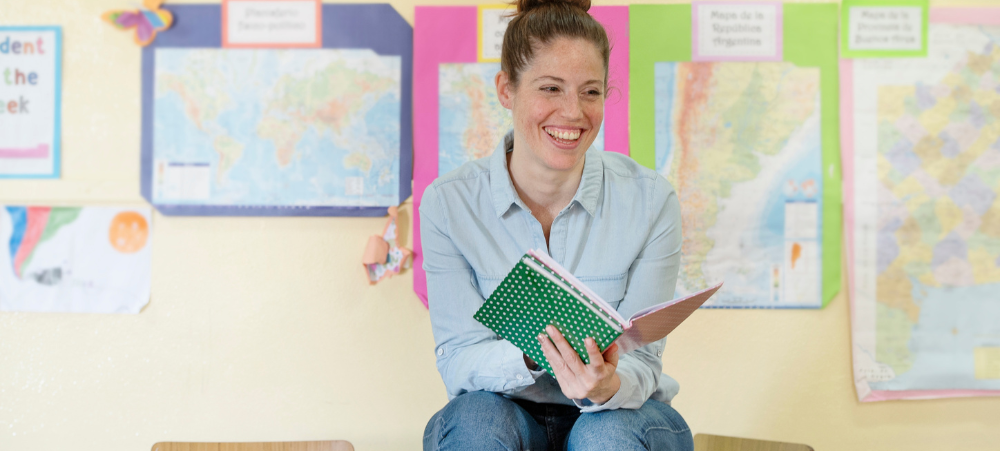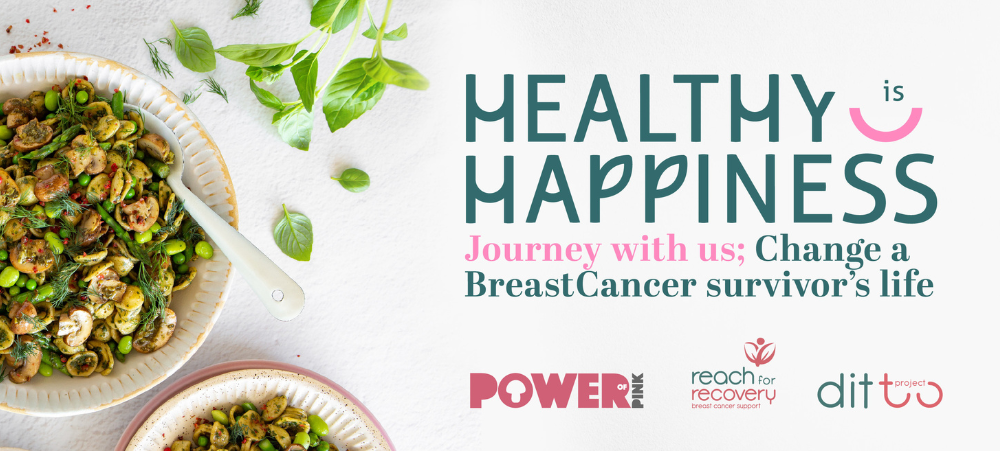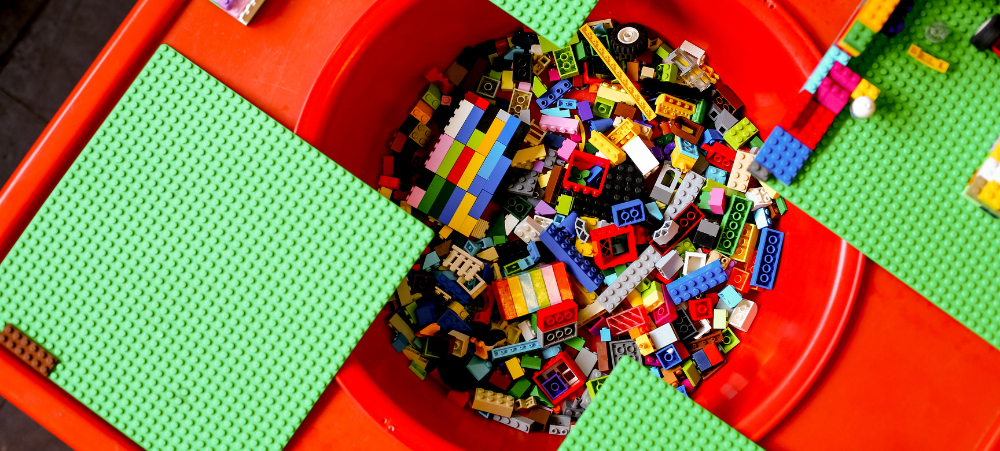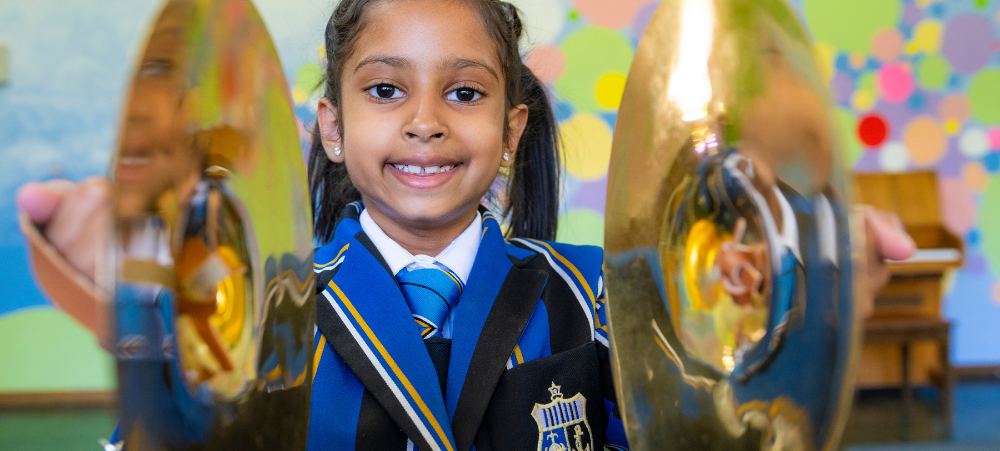
Home schooling with Educ8 SA
Are you considering homeschooling your child, but unsure where to start? Look no further than Educ8 SA. With our innovative approach to education, we aim to empower parents to take charge of their child’s learning journey. Our brand voice is one of compassion and support, as we understand that every child is unique and has individual needs. We believe in fostering a love for learning and providing a safe and nurturing environment in which your child can thrive. At Educ8 SA, we offer a comprehensive and structured curriculum that meets national educational standards while allowing flexibility for personalised learning. Whether your child thrives in a traditional classroom setting in the form of a learning centre or requires a more individualised approach, Educ8 SA has the resources and expertise to meet their needs. Join our homeschooling & learning centre community and give your child the educational experience they deserve. Invest in their future with Educ8 SA. Benefits of home schooling with Educ8 SA Homeschooling with Educ8 SA offers a multitude of benefits for both parents and students. One of the main advantages is the ability to tailor the curriculum to meet the individual needs, with its structured curriculum, parents can ensure that their child is receiving a well-rounded education while also allowing for flexibility and personalised learning. Another benefit of homeschooling with Educ8 SA is the ability to create a safe and nurturing learning environment. By homeschooling, parents have control over the educational setting, ensuring that their child is in a comfortable and supportive environment that promotes learning. This can lead to increased engagement and a more positive learning experience for the child. Additionally, homeschooling with Educ8 SA provides a unique opportunity for parents to actively participate in their child’s education. Parents can have a hands-on approach, working closely with their child and taking an active role in their learning journey. This can strengthen the parent-child relationship and foster a deeper understanding and appreciation for education. The curriculum offered by Educ8 SA At Educ8 SA, we take pride in offering a comprehensive and structured curriculum that meets national educational standards. Our curriculum is designed to provide a well-rounded education that covers all core subjects, including mathematics, science, language, and social studies. How to get started with homeschooling with Educ8 SA Getting started with homeschooling with Educ8 SA is a straightforward process. The first step is to reach out to our team and express your interest in homeschooling. Our dedicated staff will guide you through the enrolment process and provide you with all the necessary information and resources to get started. Once enrolled, you will have access to our comprehensive curriculum and a range of support materials to assist you in your homeschooling journey. Our team is always available to offer guidance and support, ensuring that you feel confident in your ability to provide a quality education for your child. It is also important to establish a home school environment that is conducive to learning. This may involve setting up a dedicated space for homeschooling, free from distractions and equipped with the necessary materials and resources. Creating a structured daily schedule and routine can also help establish a sense of normalcy and consistency in your child’s learning. Setting up a home school environment Creating a home school environment that is conducive to learning is essential for the success of homeschooling with Educ8 SA. Here are some tips to help you set up an effective home school environment: Designate a dedicated learning space: Set aside a specific area in your home for homeschooling. This can be a spare room, a corner of a room, or even a designated area at the dining table. Ensure that the space is free from distractions and has all the necessary materials and resources. Organise learning materials: Keep all learning materials, such as textbooks, workbooks, and supplies, neatly organised and easily accessible. This will make it easier for both you and your child to find what you need during homeschooling sessions. Create a comfortable learning environment: Make sure the learning space is comfortable and inviting. Consider adding cozy seating, good lighting, and decorations that inspire learning. This will help create a positive and engaging atmosphere for your child. Minimise distractions: Remove any distractions, such as televisions or video games, from the learning space. This will help your child stay focused and engaged during homeschooling sessions. Establish a routine: Create a daily schedule and routine for homeschooling. This will provide structure and consistency for your child, helping them develop good study habits and a sense of normalcy. By following these tips, you can create a home school environment that promotes learning and sets the stage for a successful homeschooling experience with Educ8 SA. Support and resources for parents and students At Educ8 SA, we understand that homeschooling can sometimes be challenging, especially for parents who are new to the concept. That’s why we offer a wide range of support and resources to ensure a successful homeschooling journey for both parents and students. Our team is always available to provide guidance and support. Whether you have questions about the curriculum, need assistance with any questions, or require advice, our team is here to help. We offer regular check-ins and virtual meetings to address any concerns or challenges you may be facing. In addition to personalised support, our online platform includes interactive lessons, educational videos, quizzes, and assessments to enhance the learning experience. Furthermore, we encourage parents to connect and collaborate with other homeschooling families. This provides an opportunity to share experiences, exchange ideas, and offer support to one another. Community is a valuable resource for networking, finding homeschooling resources, and building relationships with like-minded individuals. Evaluating progress and assessing learning outcomes As a homeschooling parent, it is important to regularly evaluate your child’s progress and assess their learning outcomes. At Educ8 SA, we provide tools and resources to help you effectively measure your child’s academic growth and ensure they are meeting the necessary educational standards. We offer regular assessments




